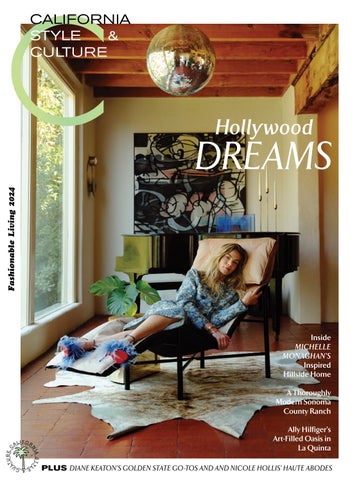
Doug Aitken’s Artistic Exploration of Southern California’s Poetic Landscapes

# Doug Aitken’s “Lightscape”: A Cinematic and Sonic Exploration of Southern California
In the heart of Los Angeles, an experimental artistic vision unfolds—one that captures the sprawling, enigmatic essence of the Southland in ways both familiar and surreal. Doug Aitken’s *Lightscape* is far more than a film; it’s a sensory exploration of Southern California’s myths, histories, and fragmented future. Using soundscapes, cinematic imagery, and live performances, Aitken boldly interrogates the modern world’s “hyper-fragmented” nature. Debuting at the Walt Disney Concert Hall and extending into a multifaceted installation at the Marciano Art Foundation, *Lightscape* redefines the boundaries of narrative art.
## A Journey Through Fragmentation
Premiering as an hour-long film on November 16 at the Los Angeles Music Center, *Lightscape* stitches together a series of poetic vignettes. From serene beaches and desert landscapes to gritty urban scenes peppered with neon-lit diners and check-cashing spots, the work keenly captures Southern California’s cultural and geographical eclecticism. A cowboy riding his horse to a gas station and a coyote stalking the city juxtapose wildness with the mundane, while a lone woman dancing in an abandoned parking garage evokes isolation and introspection—an allusion to the region’s stark contrasts.
“I was really interested in the metaphor of the horizon,” Aitken explained in an interview with *Hyperallergic*. “‘What’s in front of us? Where are we going?’” The concept of the horizon, both literal and metaphorical, serves as *Lightscape*’s unifying thread, though it resists a linear plot. Instead, the work’s “aggressively non-linear” design mirrors our fragmented reality, making use of sound and visuals to delve into realms where words might falter.
## Collaboration and Transformation
Integral to the film’s success is its musical dimension. During the premiere, the Los Angeles Master Chorale, led by artistic director Grant Gershon, and the LA Phil New Music Group, conducted by Gustavo Dudamel, performed live alongside Aitken’s cinematic visuals. The film features a minimalist soundtrack composed by Aitken, interwoven with music by icons like Steve Reich, Terry Riley, and Philip Glass. Gershon noted that the vocal arrangements skewed heavily toward sopranos and altos, creating a “very beautiful, unearthly texture.”
Initially conceived as a live performance piece, the project evolved due to pandemic-related restrictions. Originally envisioned as a “vocal land art piece” performed in varied settings, the global pivot to remote creativity shifted Aitken’s focus to film, allowing for an unprecedented fusion of tightly woven soundscapes and visual narratives.
## Improvisational Filmmaking in Vast Landscapes
Unlike traditionally scripted films, Aitken approached *Lightscape* with an improvisational ethos. “It was highly improvisational. I don’t know how to script. I tried, but it didn’t work,” he admitted. This organic process allowed characters—including a real-life cowboy (and his horse Nemo), musician Beck, and actor Natasha Lyonne—to inhabit the film’s dynamic spaces alongside the backdrop of California’s breathtaking natural and urban environments.
Each location became a character in itself, from the neon-lit strip malls and the shimmering pink salt flats of Trona to the Mojave Airplane Graveyard and the iconic Sixth Street Bridge. Aitken viewed the landscape not as a set but as an active participant in the storytelling, showcasing the region’s duality as a place of striking beauty and harsh discord.
## Themes of Fissure and Transformation
*Lightscape* doesn’t shy away from grappling with California’s myths and contradictions. Aitken artfully merges the nostalgic tropes of the American West with surrealist elements, underscoring the tension between human identity and advancing technology. For example, in one scene, a mountain lion prowls through a mid-century modern home while a player piano performs a composition by Philip Glass—a nod to the dissonance of nature and human architecture.
Warehouse workers performing jerky, robotic movements parallel the automated machines they cohabit with, reflecting on humanity’s increasing automation and displacement in a digital age. “We see how we fit in seamlessly, but also how we’re completely sidelined or left behind,” Aitken mused. It is this liminal space—a space that acknowledges both progress and disruption—that *Lightscape* inhabits.
## Moving Beyond the Screen: A Seven-Screen Installation
From December 17 through March 15, *Lightscape* will be transformed into a seven-screen installation at the Marciano Art Foundation. Unlike the immersive cinema experience of its premiere, this iteration will fracture the narrative further, offering viewers multiple, simultaneous perspectives. Live performances and musical augmentations will provide unique and evolving interactions, ensuring that no two experiences are the same.
This lack of stability and